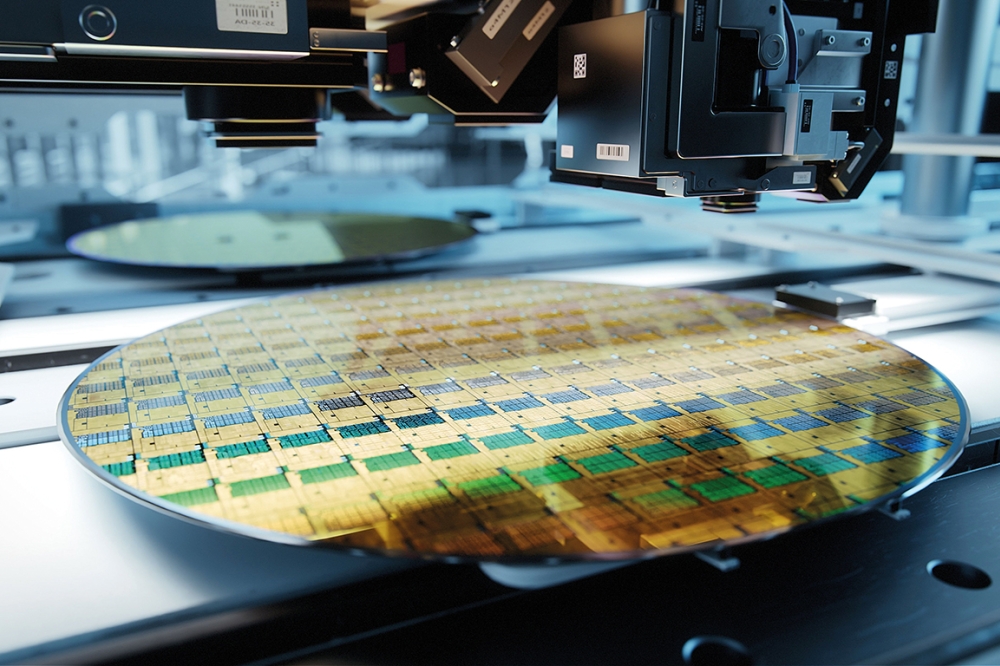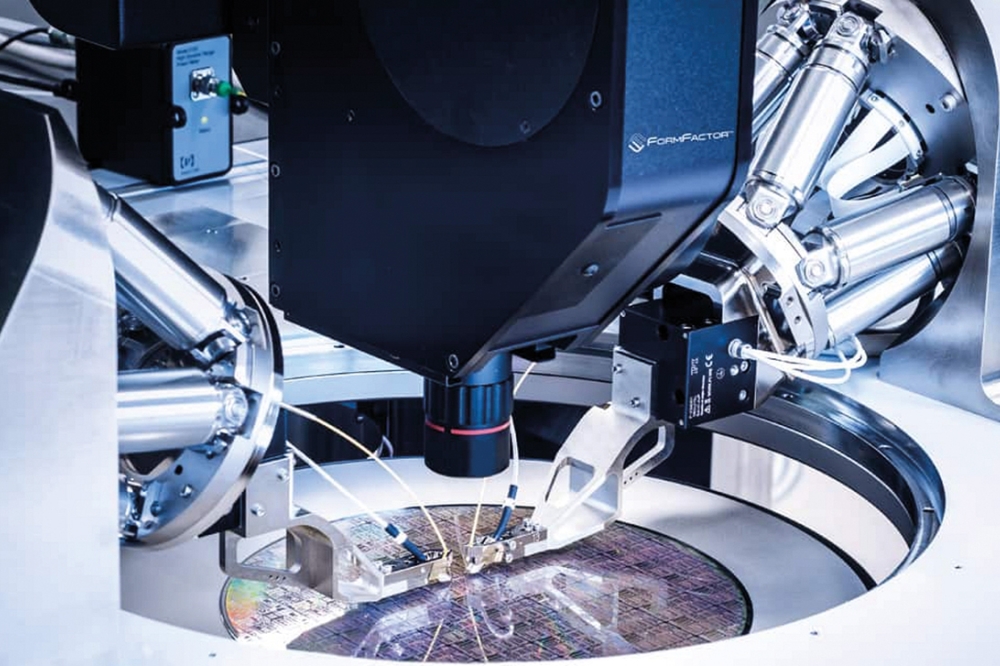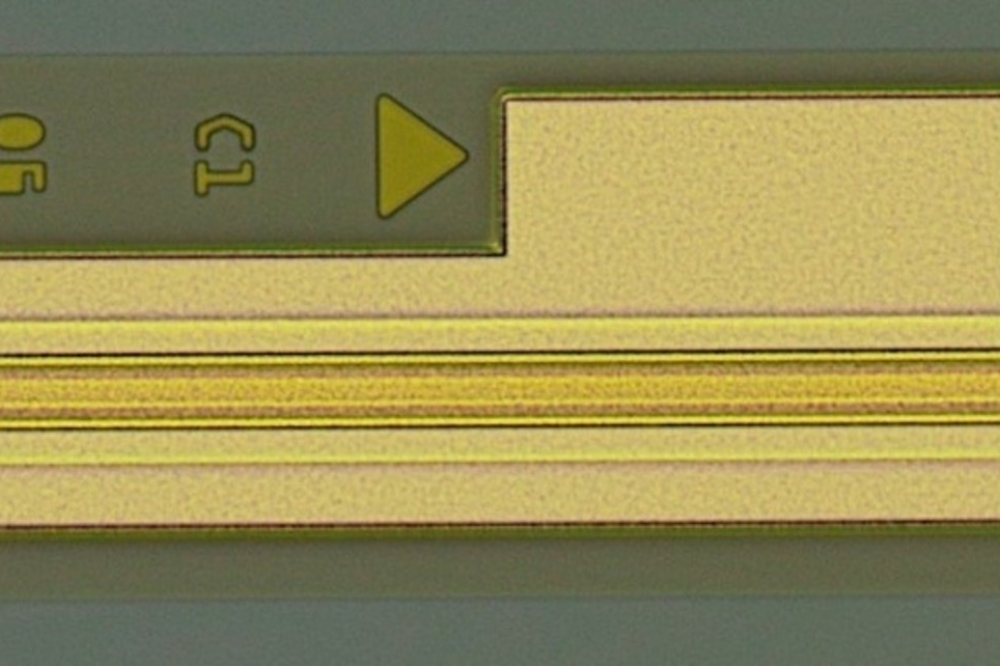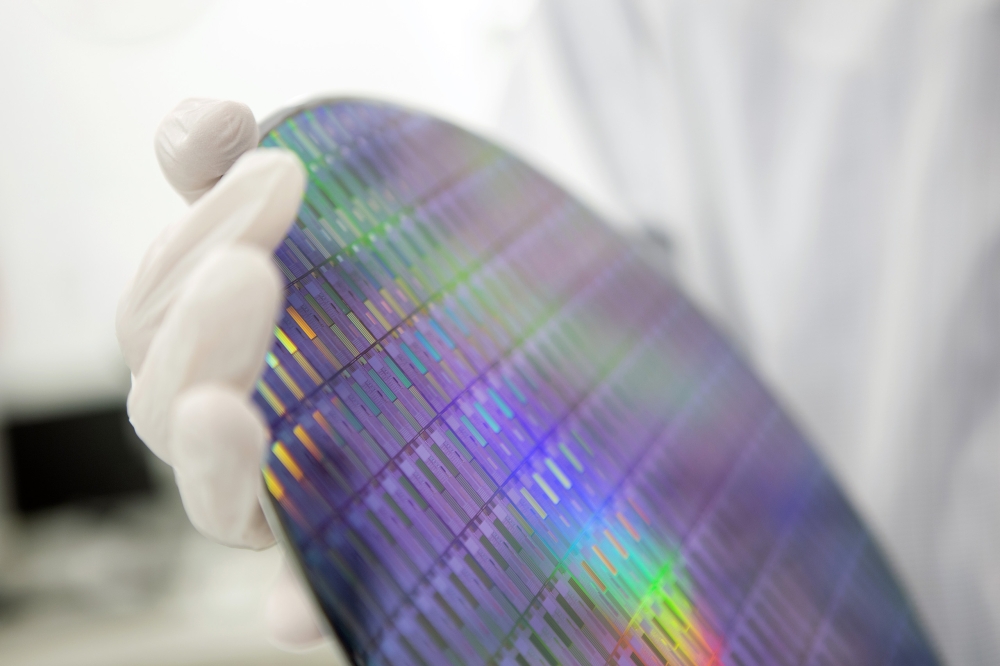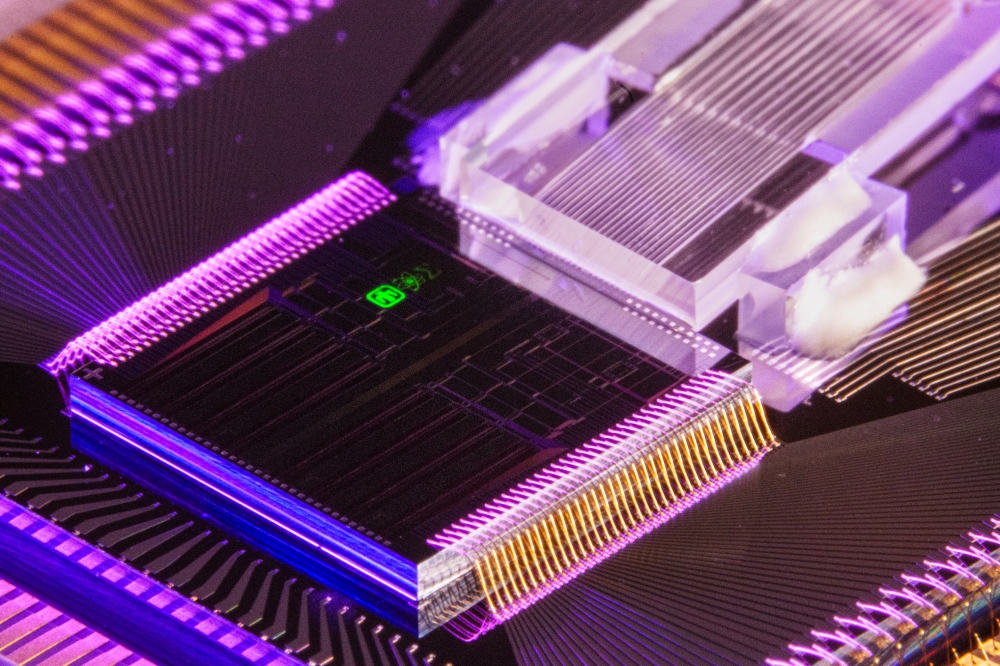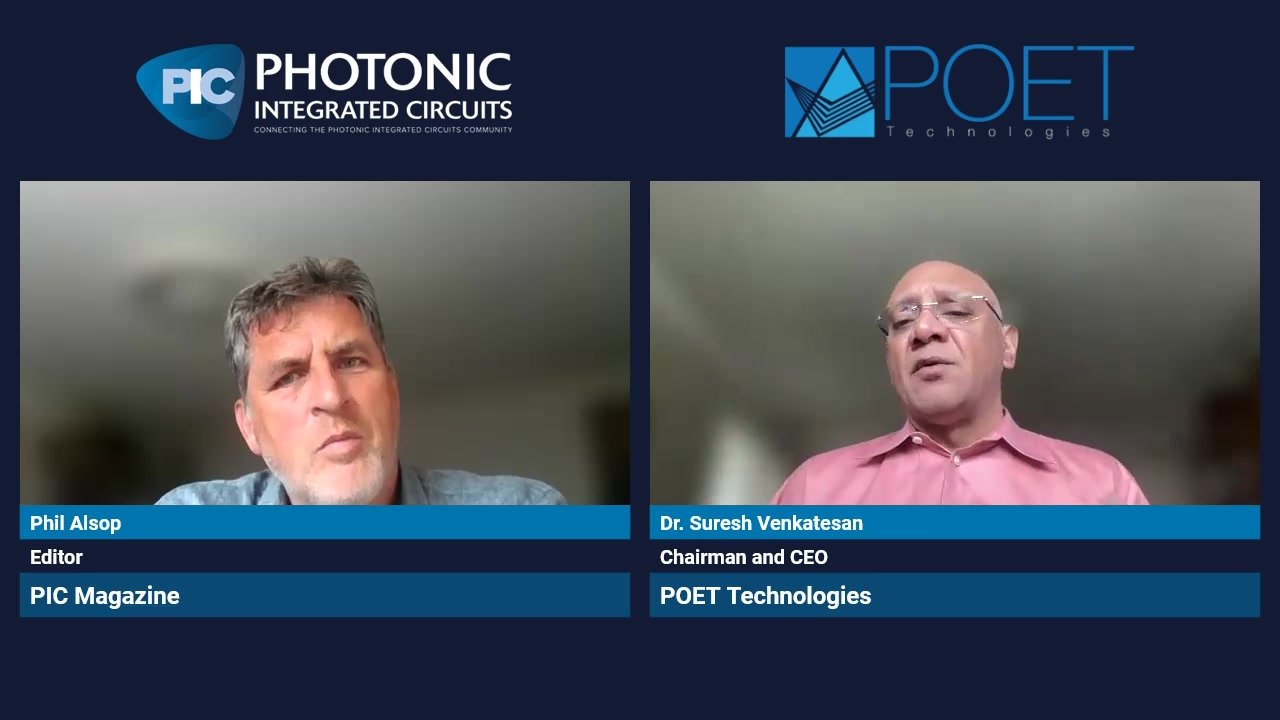OneChip brings PICs home
OneChip Photonics is hoping to use photonic integration to slash the cost of making optical transceivers for fibre-to-the-home applications.
Specifically, the Canadian start-up says it can combine all the components found inside the transceiver onto a single photonic integrated circuit (PIC) made from InP.
This gives the vendor a route into a potentially huge market — exactly the kind of market that pundits say will benefit most from the high-volume, low-cost manufacturing processes associated with photonic integration.
Lynn Hutcheson, vice president of communication components at consultancy firm Ovum seems convinced by the idea. “OneChip s fully integrated technology can help unleash the potential of FTTH and other mass-market optical communications applications,” he comments.
Currently there are around 33 million FTTH subscribers worldwide, but that figure is set to grow to 100 million by 2013, according to Ovum s research. “Every one of those subscribers needs a transceiver,” Hutcheson adds.
At first glance, OneChip s technology sounds a lot like Infinera, which has taken the long-haul optical transport market by storm with a DWDM system based around an InP PIC that combines 10 transmitters and receivers in a chip the size of a fingernail.
But the differences between the two companies are significant. Infinera is vertically integrated, manufacturing its own PICs as well as the high-end system that surrounds them. In contrast OneChip will operate a fabless model, having its chips made at photonics foundries, and then selling them to vendors of ethernet and gigabit passive optical network (EPON and GPON, respectively) equipment.
And while Infinera raked in venture capital to the tune of over $300 million, OneChip is hoping to achieve its onjectives for a fraction of the cost. Last week, the start-up closed the second tranche of a $16.5 million Series B round of funding; Series A, back in 2007, was for a mere $3 million (see InP FTTH integrator OneChip Photonics gets $19.5m venture funding).
Last week s funding was contingent on OneChip meeting certain goals in terms of the cost, manufacturability and yield of its chips, the company says.
“We ve proven to our satisfaction and to the satisfaction of our investors that this is not another university science experiment, this is a real technology that we can start sampling to our customers before the year is out,” claims the start-up s chief executive Jim Hjartarson. PICs made simple
At that point OneChip will come up against established suppliers of EPON and GPON transceivers such as Enablence, NeoPhotonics and Source Photonics. Some of these vendors already use planar lightwave circuits (PLCs), which integrate the laser chip and other subcomponents on a silica-on-silicon platform.
But making everything out of InP is better, OneChip asserts. Having a single chip eliminates the need to align individual components inside the transceiver, meaning the transceiver can be built, assembled and tested without manual intervention.
“The only residual optical assembly is aligning the fibre with the chip, and this is all done with robotic pick and place machines, so it is almost entirely automated,” he explains.
The benefits of using PICs will really start become apparent as transceivers become more complicated. The start-up claims to have a unique optical amplifier technology that will allow it to meet really difficult link budgets.
Furthermore, OneChip claims that its chips are built using fewer manufacturing steps than other PICs, which translates into higher yields, and hence lower costs. The company has designed device structures that allow them to make complex chips without any regrowth steps. “We only do lithography and etching, and out pops the transceiver at the other end,” says Hjartarson
Even if the technology is inherently low-cost, there s still the question of whether OneChip turn a profit in low-cost market which relies on volumes to generate a decent income. But the company says it can cope with volumes from “thousands to hundreds of thousands”, and be profitable all along the range — thanks to manufacturing automation and outsourcing.
OneChip declined to say which foundries will make its chips, but one of them is likely to be the Canadian Photonics Fabrication Center (CPFC) in Ottawa, which got a C$22.3 million funding boost from the Canadian government last year.
The start-up was founded in 2005 by Valery Tolstikhin, who had previously worked on InP PICs at another Candian start-up, MetroPhotonics. OneChip has a staff of about 30, and hopes to grow to twice that number before the end of the year.











